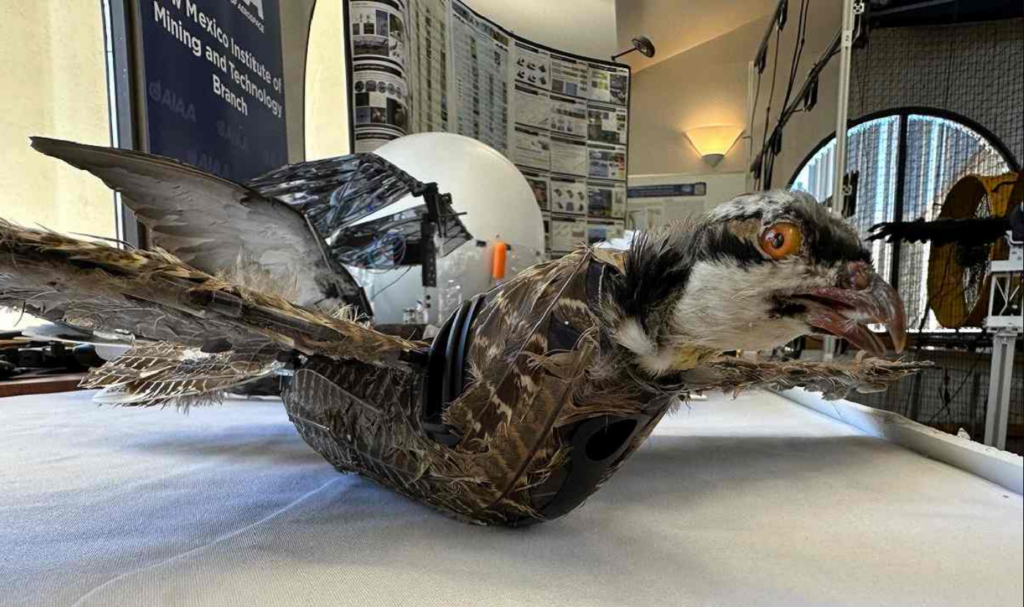By taking an unorthodox approach to studying wildlife, researchers in New Mexico are giving previously deceased birds a second chance at life.
In order to better understand how birds fly, researchers at the New Mexico Institute of Mining and Technology in Socorro are turning taxidermied birds into unmanned aerial vehicles (drones) so that they can observe the birds in flight.
Artificial, mechanized birds did not produce the results that mechanical engineering professor Dr. Mostafa Hassanalian, who is leading this project, had hoped for. Hassanalian came to this conclusion after finding that artificial birds did not produce the desired results.
He explained that his team had “come up with this idea that we can use… dead birds and make them [into] a drone.” “We came up with this idea that we can use…” “Everything is there… we use reverse engineering,” the speaker said.
American Scientists Create Taxidermy Drones
The formation and movement patterns of flocks of birds may be better understood with the help of taxidermy bird drones, which are presently undergoing testing at the university in a cage designed specifically for that purpose. According to Hassanalian, this concept is applicable to the aviation sector as well.

“If we learn how these birds manage… energy between themselves, we can apply [that] into the future aviation industry to save more energy and save more fuel,” he said. “If we learn how these birds manage… energy between themselves, we can learn how to apply that.”
Research into colour and the effectiveness of flight is the primary emphasis of Brenden Herkenhoff’s work as a doctoral student at New Mexico Tech.
Herkenhoff’s research focuses on how the color of a bird’s feathers impacts its ability to fly efficiently. Many people believe that the color of a bird’s feathers is used to attract mates or as a kind of camouflage.
Following a series of trials, we came to the conclusion that the application of a certain color to one of our fixed-wing aircraft can affect the aircraft’s ability to fly efficiently. And we think the same thing may be stated for birds,” he explained.
The current taxidermy bird prototype can only fly for a maximum of twenty minutes at a time, so the next step, according to Hassanalian, is to figure out how to make it fly for a longer period of time and conduct tests in the wild among real birds.
